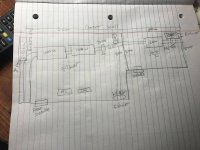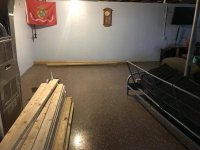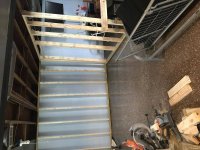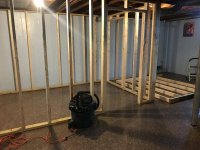Greenthumber
Active member
How's it going everyone? About to begin construction of 12x8 flower room along side a 5x6 veg room in a basement and looking for advice on passive ventilation compared to both rooms having separate exhausts I'm worried if I do passive ventilation that I'll dump positive pressure into one room From the other? Or make it harder to control temp wise from room to room? What do you recommend from your experience with either? Thanks in advance







